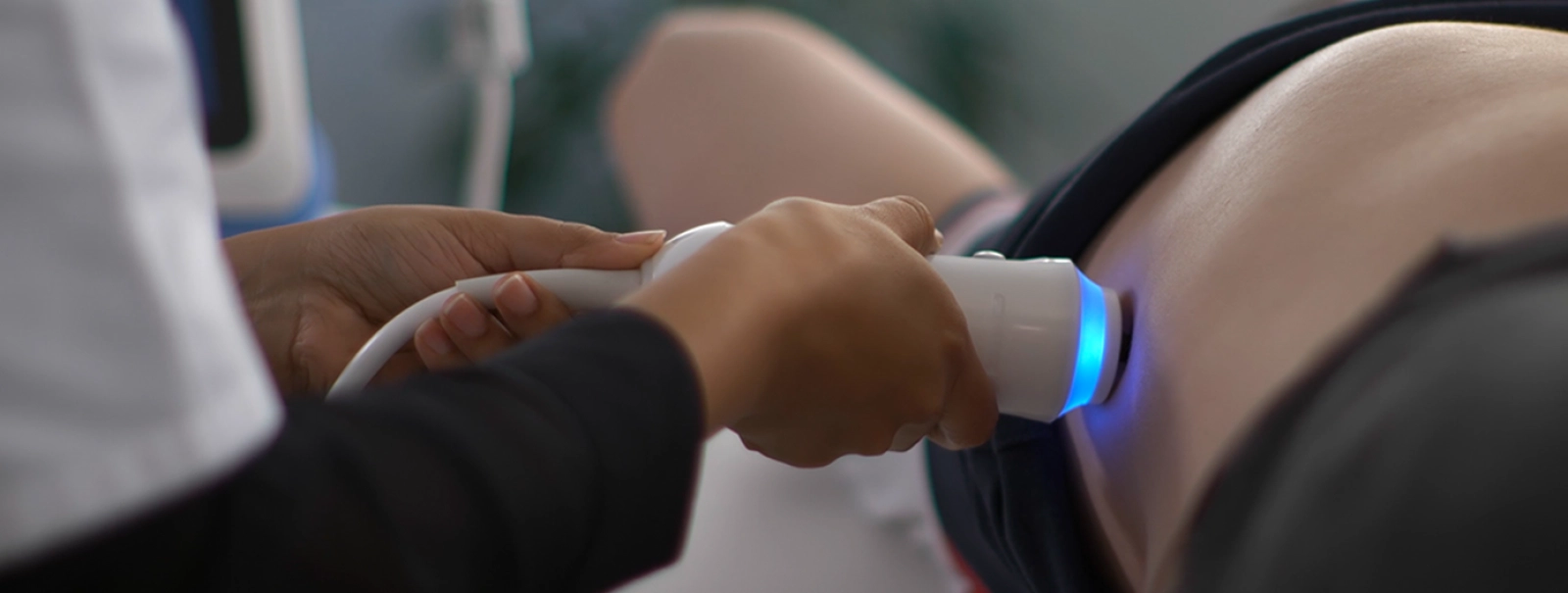
MASLD and MASH*
Currently there is a silent epidemic of Metabolic Dysfunction Associated Liver Disease (MASLD) among at-risk patients with Type 2 diabetes, obesity and high cholesterol.18 Consuming a high-fat, high-sugar diet causes a harmful accumulation of fat in the liver that can lead to irreversible damages.
*Formerly known as NAFLD & NASH

What is Metabolic Dysfunction Associated Steatotic Liver Disease (MASLD)?
MASLD refers to all liver disease severity stages, characterized by a build-up of hepatic fat not caused by excessive alcohol consumption. MASLD is the most common chronic liver disease worldwide8.
In some patients, MASLD leads to Metabolic Associated Steatohepatitis (MASH).
Who is at-risk?
Most patients with the presence of a metabolic syndrome.19,20
Risk factors and predictors of MASLD
- Type 2 diabetes
- Overweight and obesity
- High cholesterol
- High blood pressure
- High triglycerides

MASLD in key data
25%
of the worldwide population have MASLD8
73%
of type 2 diabetes mellitus patients have MASLD9
18%
of type 2 diabetes patients have advanced fibrosis or cirrhosis
What is Metabolic Dysfunction Associated Liver Disease (MASH)?
MASH is characterized not only by steatosis but also by lobular inflammation and hepatocyte injury.18,20
1.5-6.45% of the worldwide population have MASH, this prevalence is expected to increase by 63% between 2015 and 2030.10,17
MASH is the second most common etiology of hepatocellular carcinoma (HCC), requiring liver transplantation.17
Assessment of liver stiffness and fat by non-invasive method is a huge step forward towards better management of MASLD. It has hugely impacted the way clinicians stratify the patients, chose therapy and monitor response!
Why screening at-risk patients of MASLD is important?
If patients with MASLD are left undiagnosed and not treated promptly, they can develop irreversible cirrhosis of the liver, or MASH.18
Both steatosis and fibrosis can be evaluated easily by non-invasive methods allowing adequate treatment and follow-up.20
Diagnosis of MASLD can be challenging because most patients are asymptomatic and are only identified by routine blood tests that show elevated liver enzymes. A subset of patients can have normal liver enzymes and remain undiagnosed.18
If detected and managed at an early stage, you can stop MASLD from progressing and help at-risk patients reduce the amount of fat in the liver.19 Diet and exercise are the mainstay of management in patients with MASLD.18
International Clinical Practice Guidelines now recommend that screening for MASLD should be part of routine work-up in patients with type 2 diabetes, obesity, and metabolic syndrome.2
Damage to the liver caused by chronic liver diseases can often be reversed by early diagnosis and intervention. 6
Our liver health solutions, FibroScan® and Scores by echosens allow a comprehensive management of liver health.
As a clinical researcher, I rely heavily on FibroScan® to select the right patient for the right study. Clinical trials in non-alcoholic steatohepatitis typically include patients with specific fibrosis stages. It is thus important to have reliable fibrosis assessment and avoid unnecessary liver biopsies.
References are available in our bibliography.


